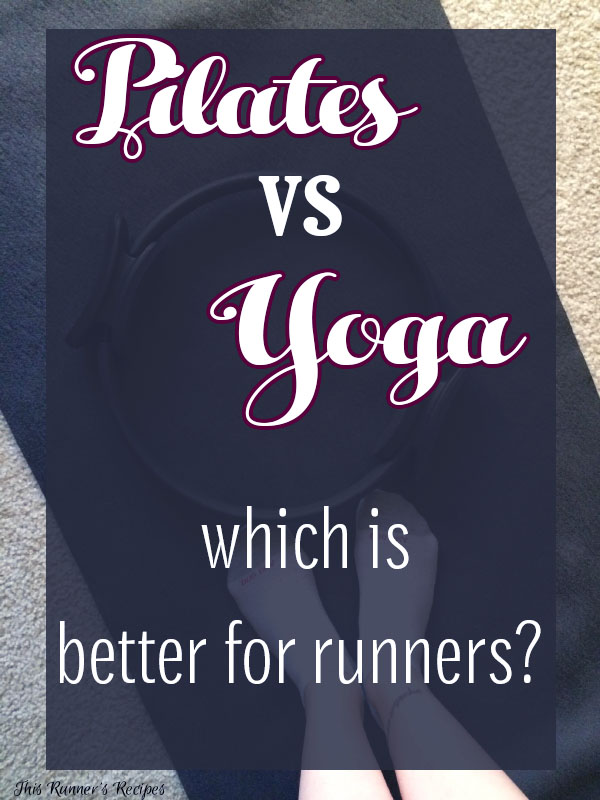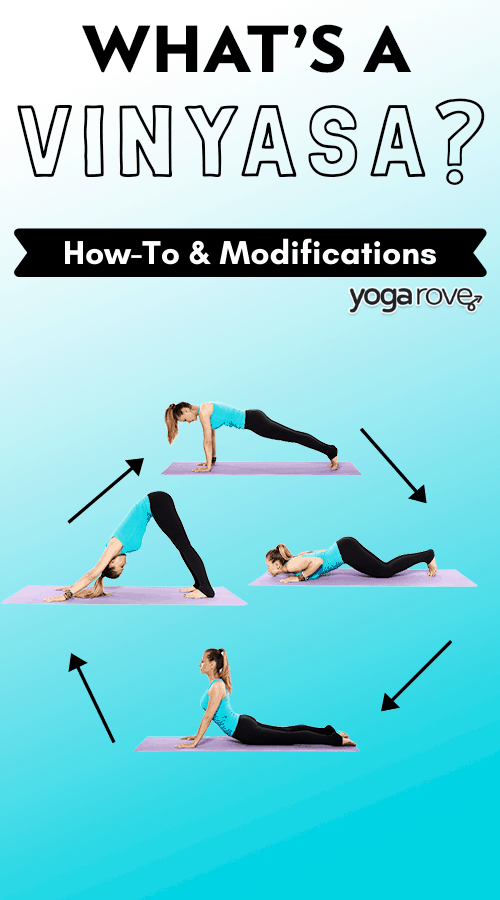
There are many poses that are beneficial for people with Fibromyalgia. Viparita Kanani, the first, is a way to lie flat on your stomach with your legs straight. You can then relax your hips, legs and back while the weight of your body is lifted off of the feet. This pose can help combat fatigue, one the most common symptoms in a fibromyalgia flareup. You can also sit for 10 minutes while performing this pose.
Stand straight up and place your left side on your right leg. Place your hands on your right knee, ankle and right foot so that your right knee rests comfortably on your right leg. Hold the pose for a few minutes, and take deep breaths while releasing tension in your hips. This will strengthen your lower back muscles. If you are having trouble performing the twist, you can try sitting.

Next in yoga is the seated posture. The seated position requires that you sit in a straight-legged chair. You must place your feet flat on the floor and your ankles directly below your knees. Your legs should extend at the hip. Your hands should rest on a pillow. For three minutes, you should remain in a seated position. It's possible to repeat the exercise multiple times to make it more manageable.
The first and most important yoga pose is the warrior pose. This is a powerful pose that stretches the body and helps improve stamina. This posture is also great for strengthening your arms and back muscles, which help relieve the painful symptoms of fibromyalgia. This may sound too intense but can be very good for your body. If your neck and back are stiff, this pose may be for you. This pose will strengthen your back and arms, and give you the strength to do the poses.
It is important to do yoga correctly, despite the many benefits. Yoga therapy for fibromyalgia has many benefits. It's very effective at relieving pain and improving blood circulation. It can improve your mood, and your well-being.

Yoga has many benefits. Many people with fibromyalgia have chronic tension in the neck, shoulders, and upper back. This tension can be reduced by focusing on these areas in yoga poses. You will feel happier and have better circulation. Yoga can be enjoyed by those suffering from fibromyalgia by practicing the right postures.
FAQ
What is the best 7-day workout program?
A seven-day exercise plan should include cardiovascular training (running/biking/swimming), strength exercises (using weight machines, free weights) and one flexibility/core program (yoga or Pilates). It's essential to do each activity at least once a week. Each session should last no more than 45 minutes.
Cardiovascular Exercise: Running/Biking/Swimming
You should aim to get at least 60 mins of cardio exercise per week. For best results, aim for 75 minutes per week. Cardio exercises can help improve blood flow and stimulate muscle growth.
Strength Training
Cardio exercises target your heart and lungs. Strengthening your muscles and bones is the opposite. Strength training helps you burn calories even while resting.
Flexibility and Core Workouts
Flexibility and core workouts are great ways to strengthen your entire body. Yoga and Pilates are both excellent choices.
Do Men Need A Gym Membership?
A gym membership is not necessary for men. You will get more value for your money if you join the gym.
Many gyms offer free trials that let you try the facilities before you pay any fees.
You can use the gym at any time you want, and it doesn't cost anything. Your membership can be cancelled at any time you choose to love it or not.
Which order is best for working out?
It all depends upon what you are trying to achieve. First, lift heavy weights if you are looking to increase muscle mass. Then you can move to cardio. You can then go to strength training if your goal is to lose weight.
If you just want to burn fat, start by doing cardio. Add strength training to your workouts.
You should do cardio last if your goal is to increase muscle mass. This stimulates growthhormones, which helps build muscle mass.
Also, eat before you workout. You will be able to give your muscles more fuel so they can work harder. This will make you feel better while working out.
What food should I avoid if I want to lose weight
Avoid trans fats. Trans fats increase LDL cholesterol (the bad) and decrease HDL cholesterol (the healthy).
Trans fats are commonly found in fast food, deep-fried and packaged baked goods as well snack cakes and other processed foods.
These unhealthy fats also cause inflammation, leading to heart disease and diabetes.
Avoid foods containing artificial sweeteners. Artificial sweeteners increase the risk of getting cancer.
These chemicals are found in many products, including soft drinks, candy bars, chewing gum, as well as candy bars. They are also found in poultry, eggs, meat and fish.
Artificial sweeteners include saccharin and sorbitol.
The American Heart Association suggests that you avoid these chemicals as they can cause DNA damage in your cells.
Statistics
- According to the American Academy of Dermatology (AAD), men over 50 are at a heightened risk of developing it. (healthline.com)
- The PRS enabled risk stratification for overall prostate cancer and lethal disease with a four-fold difference between men in the highest and lowest quartiles (HR, 4.32; 95% confidence interval [CI], 3.16-5.89). (pubmed.ncbi.nlm.nih.gov)
- An estimated calorie range for moderately active adult males falls between 2,200 to 2,800 calories per day, depending on age. (eatright.org)
- By John Thompson Take a whopping 38% off a set of PowerBlock Pros. (menshealth.com)
- Get free shipping and 25% off today. (healthline.com)
External Links
How To
What should my diet look like before I start a workout?
Losing weight requires you to consume fewer calories than what you burn in exercise. Also, you must eat all the nutrients.
This includes protein as well carbohydrates, fats, and vitamins.
The best way to achieve this is to eat smaller meals throughout a day rather than three large meals.
You might perform less well if you're too hungry while working out.
Consider drinking water rather than sugary energy drinks. This keeps you hydrated and energized.
Be sure to eat enough fluids. Over-consuming water could cause your body to lose its electrolytes.
For proper functioning, the body requires electrolytes.
Sports drinks are an option if you don't have water. They are rich in sodium, potassium, calcium and magnesium as well as other minerals.
These help replenish electrolytes lost through sweating. However, these won't replace any electrolytes that you might have lost from sweating.
Multivitamins can help you avoid salt loss from exercise if you are worried.
These have extra vitamin B6 that helps regulate sodium levels in your body.
Supplements shouldn't be used if you don’t know how much salt is in food and beverages.
They aren't regulated by the Food and Drug Administration (FDA).
One example is that some sports drinks contain more sodium.
Some sports drinks may contain artificial sweeteners or other preservatives. These can cause problems with the digestive system.
You could use sea salt if you are concerned about taking too much salt.
It contains fewer chemicals that table salt.
Sea salt is also low in iodine, another mineral needed for healthy thyroid function.